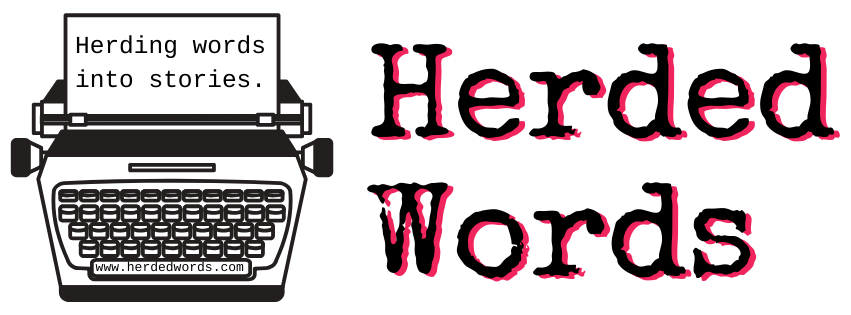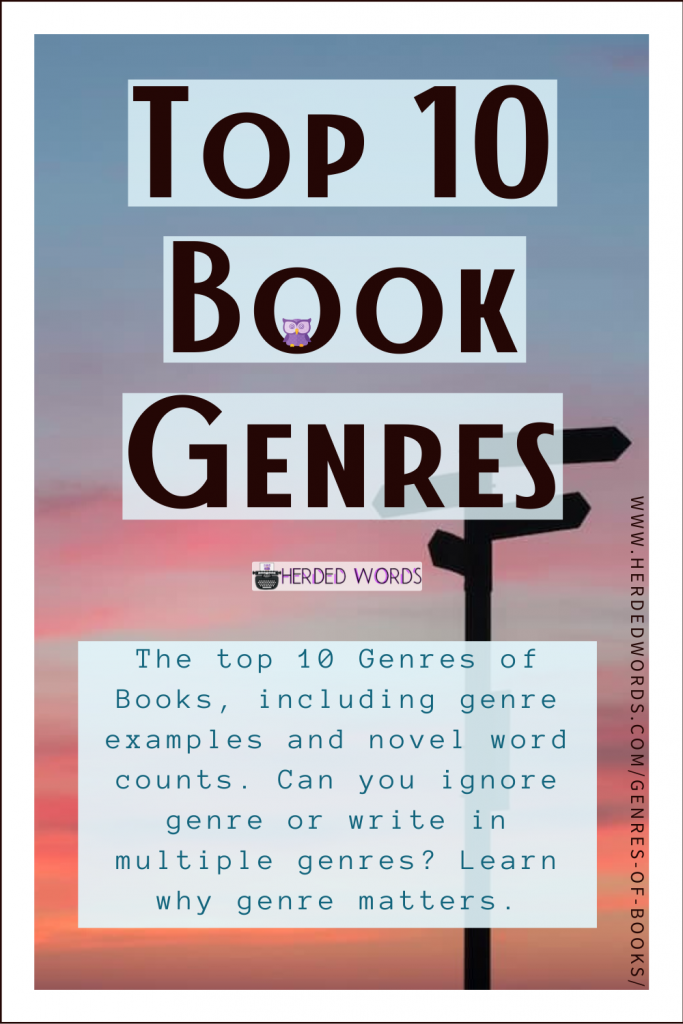
Herdedwords.com uses affiliate links. This means we receive a commission on the sale of certain items. This is at NO additional cost to you. Visit the policies page to learn more.
The outline. I think this is the most controversial aspect of fiction writing – to outline or not to outline is usually the question. But the real question should be how to make an outline work for you!
You do not work for your outline; your outline is your employee! Make them work for you by outlining in a way that enhances your creative process.
Today we’re talking all about the outline.
Table of Contents
What is an Outline?
An outline is a plan or guide for writing your novel. It is a tool that can help you write better, more, faster, etc.,
Most writers create their outline before they start writing the novel. It keeps them on track and gives them some (or a lot) of ideas about what they should be writing about as they go.
Methods of Outlining
When you hear people talk about different outlining methods or types, they’re really just referring to different styles of the same tool.
Outlines are similar to writing software. For example, I’m writing this in Scrivener, but you might be using MS Word, Google Docs, 4theWords, or any of the other 1,000 pieces of software available.
The beauty of an outline is that it’s customizable to what YOU need. Always. You never, never, have to do exactly what someone else did.
Every “method” of outlining is doing the same thing: putting some ideas and plans down on paper about your story. Where they mostly differ will be in the amount of planning and the order of doing things.
The Synopsis Outline Method
A synopsis is a brief summary of something.
A synopsis outline is a written summary of what your story will be about. Synopsis outlines can be short (a couple of paragraphs) or long (an unlimited number of pages).
Most synopsis outlines will include major plot points (hook, inciting incident, some rising action, climax).
Ideas for Customizing a Synopsis Outline
Include the amount of details that you’re comfortable with.
Pantsers will often feel that outlines stifle their creativity. Stick to just a couple of sentences for each for the MAJOR plot points.
Plotters usually want a lot of details planned before they begin writing. Try writing at least a paragraph for each plot point of your story.
Planters fall somewhere in between pantsers and plotters. Write a paragraph for anything you think is definitely going to happen and jot down a sentence or two for the remaining plot points.
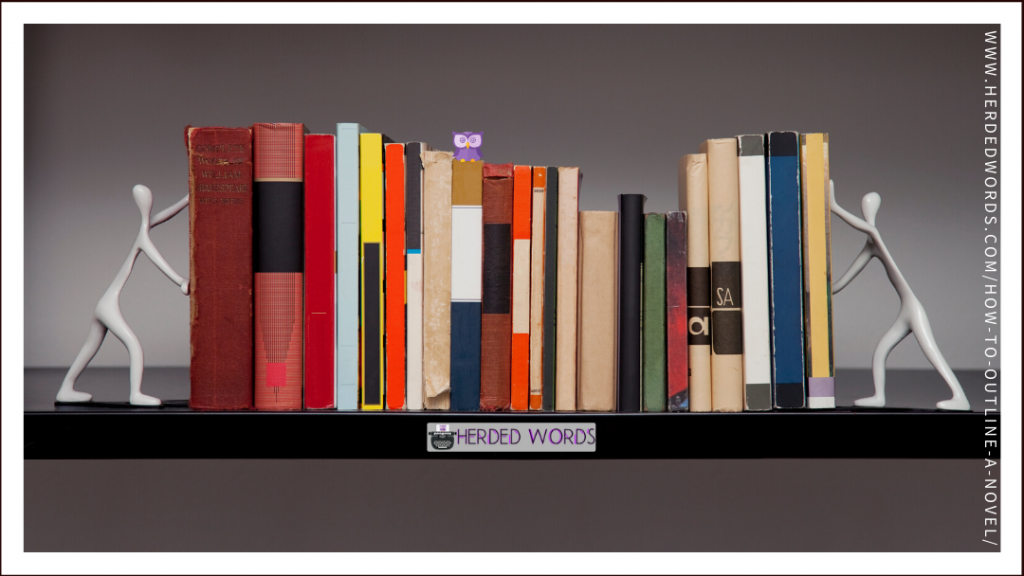
The Bookend Outline Method
A bookend outline is one where the beginning and end of the novel is planned out (like bookends).
This method is ideal for people who like a lot of flexibility while writing.
Ideas for Customizing a Bookend Outline
Include the number of details that you’re comfortable with.
Pantsers will often feel that outlines stifle their creativity – even one where they only know 2 scenes. Try starting your book and once you’ve written the beginning, jot a couple of sentences for the ending.
If that feels too limiting, try making a few options for endings (a couple of sentences each for 2 or 3 potential endings).
Plotters usually want a lot of details planned before they begin writing. This method is likely to be WAY too few details for a plotter.
Planters fall somewhere in between pantsers and plotters. This could be an ideal solution for planters. You can follow the same advice as the pantser but add more details to your ending if needed.
The Highlights Outline Method
The Highlights Outline Method is similar to the Synopsis Method. Instead of a paragraph-style summary, a highlights outline is usually made up of bullet-style ideas for things that will happen throughout the story.
The Highlights Outline can include the ideas for as many events in the book that you’d like. Most highlights outlines will include all the major plot points with a few events in between.
In my opinion, the highlight outline method is the most versatile. It’s easy to customize and can be quickly altered to suit anyone. Want something more? Treat it like an In-Depth Outline. Looking for something less? Treat it like a Bookend Outline.
Ideas for Customizing a Highlights Outline
Include the amount of details that you’re comfortable with.
Pantsers will often feel that outlines stifle their creativity. The highlights outline is a great option for pantsers. A great way to customize is to write out one or two options for each plot point.
Plotters usually want a lot of details planned before they begin writing. Plotters can make a highlight outline work for them by including more events and adding details to each highlight such as characters, setting, etc.,
Planters fall somewhere in between pantsers and plotters. Planters are probably the best suited to a highlights outline.
The In-Depth Outline Method
An in-depth outline is usually going to go deep into the story. In-depth outlines commonly cover each planned chapter of a novel. Some break it down into scenes. The most in-depth outlines will break it out based on the word count (sometimes planning every thousand words).
In-depth outlines can be LONG, like really long. It’s not unusual for in-depth outlines to reach 10,000 words!
Ideas for Customizing an In-Depth Outline
Include the amount of details that you’re comfortable with.
Pantsers will often feel that outlines stifle their creativity. One way to customize an in-depth outline for pantsers is to start with a highlight outline and add to it as they write.
Plotters usually want a lot of details planned before they begin writing. Most plotters will choose to develop some form of an in-depth outline. Focus on the details to customize this to your needs. Some plotters will want more character information, others will prefer more plot-based, and still, others will want more scene and setting-based information.
Planters fall somewhere in between pantsers and plotters. This is another great option for planters. Like pantsers, start with someone basic and add as much to it (whenever you want) as you need.
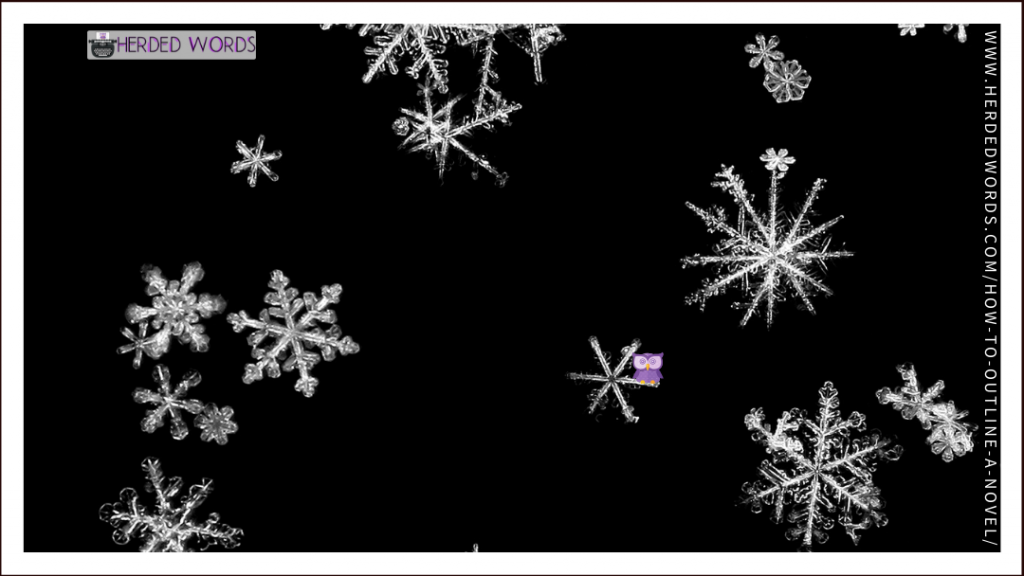
The Snowflake Outline Method
The Snowflake Method is a method a type of in-depth outlining method. It was created by Randy Ingermanson.
It starts as a single sentence which you then slowly expand into a comprehensive story outline including characters, settings, and more.
The Snowflake Method is a set method that’s meant to be followed through all 10 steps as they’re written (although once you’ve done it once or twice you’ll likely find yourself making adjustments).
The Snowflake Method is a popular outlining method. The writers it works for absolutely love it.
How to Outline in 15 Steps
Regardless of your writing style (planters, plotters, pantsers), here’s an overview of 15 elements to include in your outline.
- Decide on your story normal.
- What does your main character want?
- Use exposition to set up the story world.
- What’s your inciting incident?
- How does the main character feel about their new normal?
- Show your main character experiencing the new normal of your story world.
- Meet some new people (to your main character or just new to your reader).
- Brainstorm ideas for rising action (small events that build tension).
- Something bigger should happen to up the ante.
- And then a reversal of fortunes happens.
- A catastrophic event (prepare for the climax).
- An aha! moment for your main character.
- Hit the peak (aka the climax).
- Start settling back to normal (the falling action)
- Wrap it up for the end (the resolution).
Your Story & Your Outline!
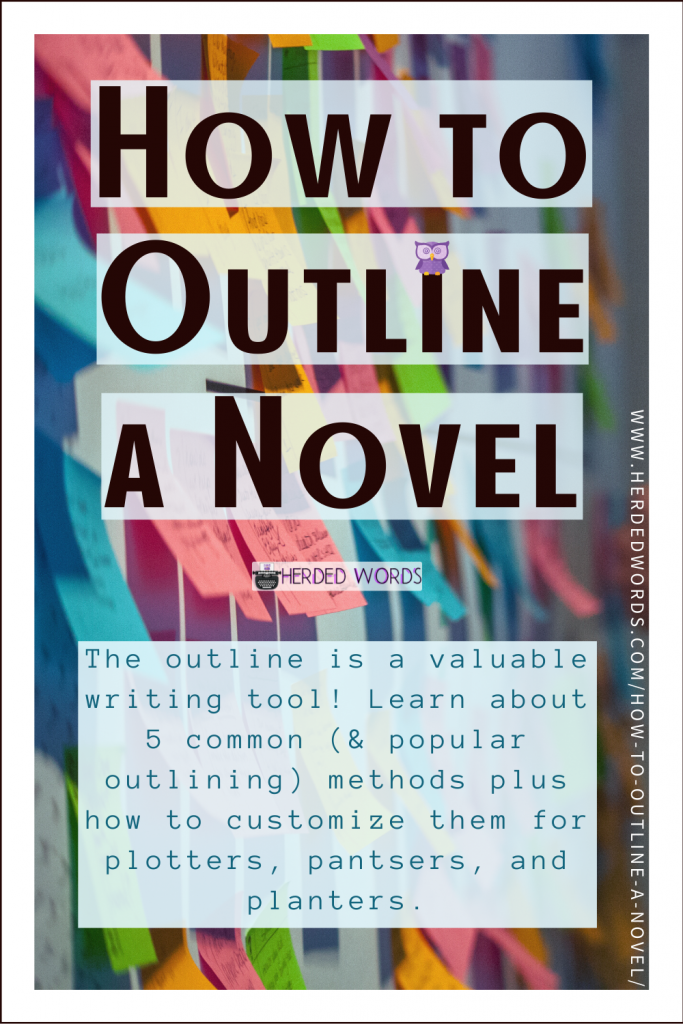
Experiment with different outline styles until you find a system that works for you.
Do you have a favorite outline style that I missed? Share it in the comments!
Do you know what genre your story will be? Learn about the Top 10 Genres of Fiction next.
Like this post? Please PIN IT and follow me on social media. Thanks!
